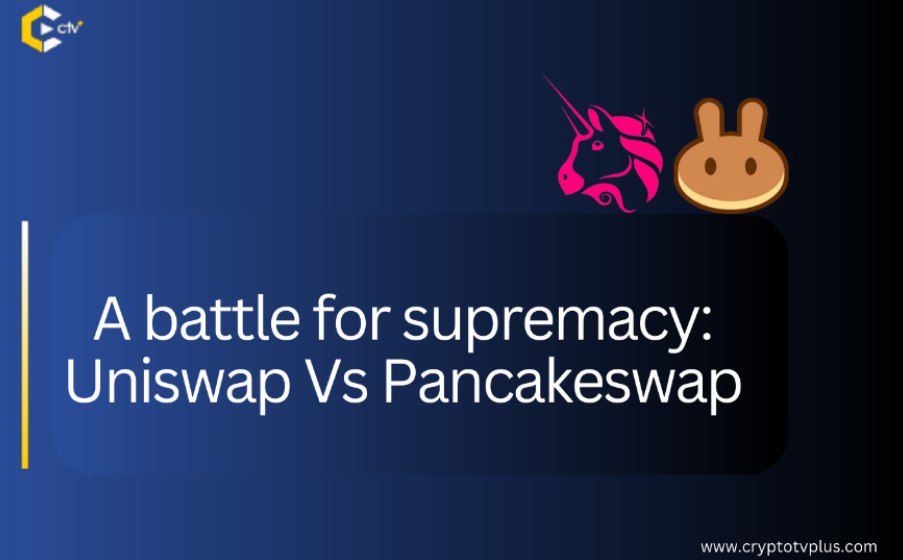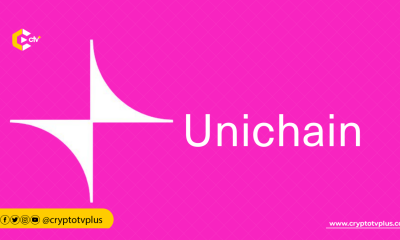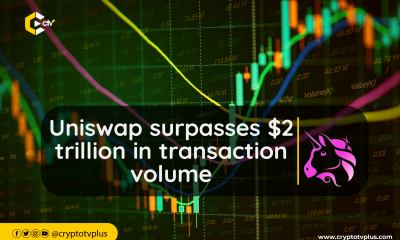Education
A battle of supremacy: Uniswap Vs Pancakeswap

Decentralized exchanges (DEXs) have taken the cryptocurrency market by storm in recent years, offering traders the ability to trade cryptocurrencies in a decentralized and trustless manner. Among the most popular DEXs are Uniswap and PancakeSwap, which operate on the Ethereum and Binance Smart Chain (BSC) networks, respectively.
Uniswap was launched in 2018 and quickly gained popularity as a decentralized platform for trading Ethereum-based tokens. It operates on the Ethereum blockchain and uses an automated market-making (AMM) model, allowing users to trade tokens without the need for an order book or centralized exchange. Instead, liquidity providers deposit equal values of two tokens into a pool, which is then used to execute trades.
On the other hand, PancakeSwap is a relatively new DEX that operates on the Binance Smart Chain. It was launched in 2020 and has gained popularity among BSC users due to its lower transaction fees and faster transaction times compared to Uniswap. Like Uniswap, PancakeSwap uses an AMM model, but it also offers yield farming, staking, and liquidity mining features.
The battle for supremacy between Uniswap and PancakeSwap has been a hot topic in the crypto community, with both platforms vying for market share and user adoption. Here are some key factors that could determine which DEX comes out on top:
Network Effects
Uniswap has the advantage of being one of the first DEXs to gain widespread adoption and has built a loyal user base on the Ethereum network. However, PancakeSwap has the backing of Binance, one of the largest cryptocurrency exchanges in the world, which has helped it gain traction among BSC users.
Liquidity
Uniswap currently has higher trading volumes and more liquidity than PancakeSwap, which means that traders can execute larger trades with less slippage. However, PancakeSwap has been rapidly increasing its liquidity and trading volumes in recent months, which could help it catch up to Uniswap.
Fees
Transaction fees on the Ethereum network can be prohibitively expensive during periods of high network congestion, which can make trading on Uniswap costly for smaller traders. PancakeSwap, on the other hand, operates on the Binance Smart Chain, which typically has lower transaction fees and faster transaction times.
User Experience
Both Uniswap and PancakeSwap offer user-friendly interfaces and intuitive trading experiences. However, PancakeSwap has the added advantage of offering additional features such as yield farming and staking, which can provide users with additional incentives to use the platform.
Analytics to offer better insight




Conclusion
The battle for supremacy between Uniswap and PancakeSwap is far from over, with both platforms offering unique advantages to users. While Uniswap has the advantage of being a first-mover in the DEX space and has built a strong user base on the Ethereum network, PancakeSwap’s lower transaction fees and additional features have helped it gain traction among BSC users. Ultimately, the success of each platform will depend on its ability to continue to innovate and provide value to users.
























